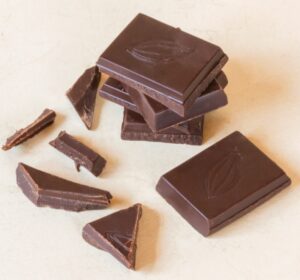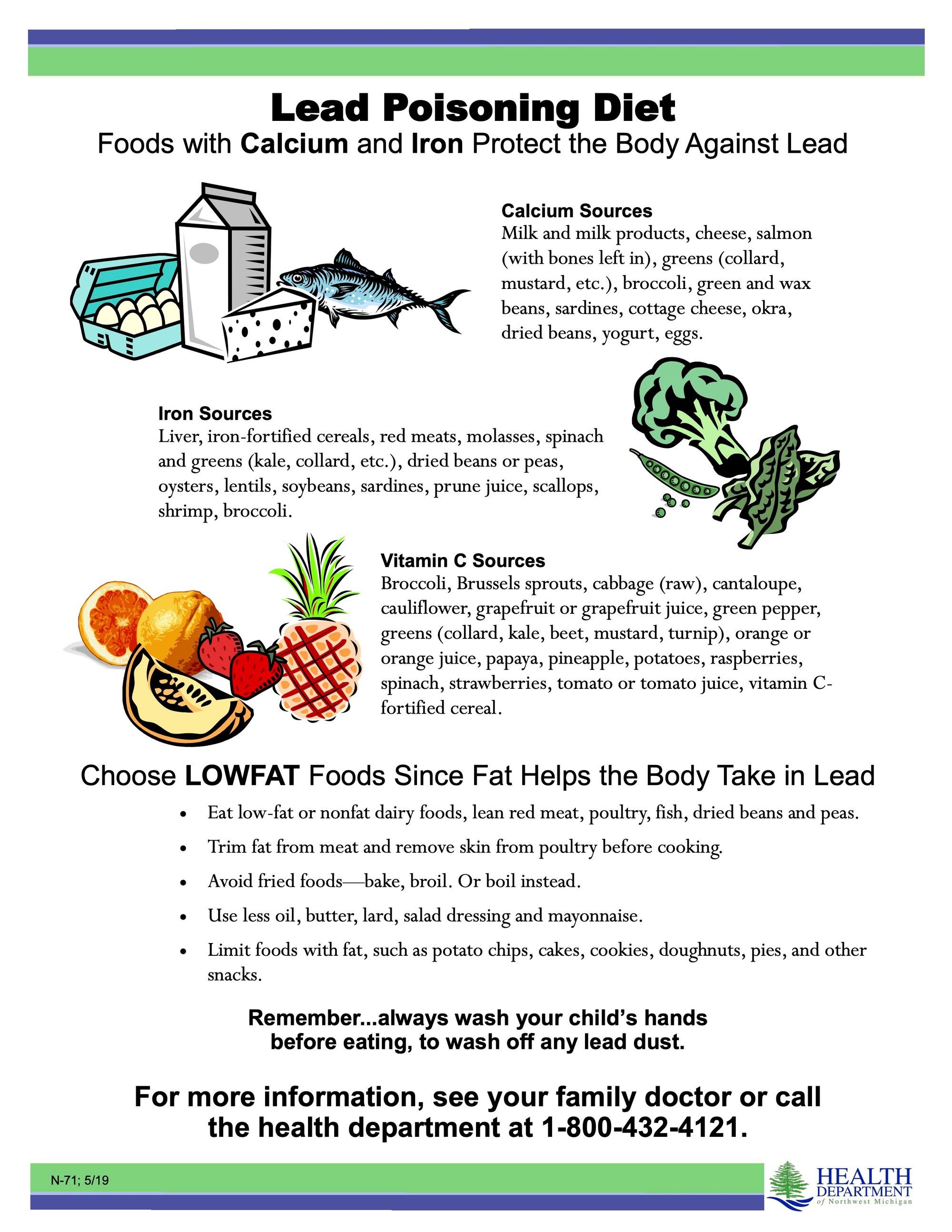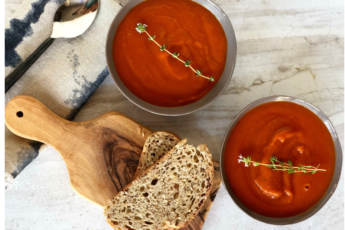The words “lead, cadmium, & chocolate” together spell clickbait. Include kids and it leads the 11 o’clock news. Those optics are scary. Sadly, fear and sensationalism sells.
That’s what happened when Consumer Reports published its analysis of 28 popular and fine chocolate bars:
“Lead and Cadmium Could Be in Your Dark Chocolate”
Please, lead & cadmium are PROBABLY in your chocolate bars (and LOTS of healthy foods). CR found that 23 of the 28 bars they tested had lead levels higher than the Maximum Allowable Dose Levels (“MADL”) for lead or cadmium allowed by California’s Proposition 65. California’s MADL is known to be ridiculously conservative — lower than nearly all global regulatory bodies.
Prop 65 requires businesses to “provide warnings to Californians about significant exposures to chemicals that cause cancer, birth defects or other reproductive harm.”
 “TL;DR”? Here’s the Cliffs Notes
“TL;DR”? Here’s the Cliffs Notes
Food toxicity is complex science and loaded with emotions, especially when involving a fave food like chocolate. So… 3 things to remember:
- Are you at risk of cadmium or lead toxicity? Not from chocolate. You get a lot more of each from the rest of your diet and probably always have (see more below). You still don’t need to worry.
- Food overall isn’t close to being a chief source of lead and cadmium exposure. But there are some simple steps you can take to mitigate your absorption of each. Details are below.
- We have no essential need for lead and cadmium. There’s no identified “safe level” of lead or cadmium in the blood. But, some amount of lead and cadmium in our blood is inevitable and low levels are not known to cause harm.
The Real Story on Lead, Cadmium & Chocolate?
It’s that here IS no story, other than a poorly presented one that scares consumers unnecessarily. But let’s understand why there’s no cause for alarm. The more we know, the more confidence we’ll have. Read on…
Cadmium and lead are elements, which means they’ve always existed in the soil and environment and can’t be degraded further, even if we don’t need them in our food.
A Food Toxicologist Weighs In
I wanted an expert on this. I asked an internationally-known and widely respected food toxicologist, Bernadene Magnuson:
Are consumers at risk from cadmium & lead in food? “Levels of lead in foods and water have been decreasing dramatically since the removal of lead from gasoline and removal of lead from tin cans,” Magnuson said. “The presence of Pb and Cd naturally occurring in chocolate has been known for many years. Levels have been monitored,” she noted, and “if you compare levels in 2014 with those in 2022, have seen continual reduction.”

She’s not kidding. According to this FDA data, between 1980 and 2016, daily dietary exposures to lead for 1-3 year-olds decreased 97%. Chocolate didn’t figure into this reduction — there was a huge industry effort to rid gasoline of lead and also phase out lead from cans used for packaging food.
Should there be warning labels on chocolate bars & products? Not according to Dr. Magnuson,. who noted, “Lead and cadmium are present in so many foods that we would need to put a warning label on pretty much everything from soup to nuts.” That’s good enough for me.
Going deep: “I Eat Dark Chocolate Daily: Am I At Risk From Lead Exposure?”
Readers of the EdibleRx know I love my dark chocolate and my own hot chocolate. Taking in about 40-50 grams of cocoa powder and about 50 grams of (very) dark chocolate daily, I had to wonder: “Am I at risk of lead toxicity?”
I had to find out. I had Quest Diagnostics test my blood lead level (BLL).
- BLL reference range: <3.5 mcg/dL (= less than 3.5 mcg/100 ml)
- My BLL: <1.0 mcg/dL
Bottom line: NOTHING to worry about here. I’ll continue my present consumption level.
As For Cadmium…
- The top dietary cadmium sources in the US are also good-for-you foods, like leafy vegetables, potatoes, legumes and nuts. I eat plenty of these foods and encourage others to do the same.
- I’ve written about cadmium before. Even though my daily chocolate intake is comprised of two potentially VERY concentrated cadmium sources: cocoa powder and VERY dark chocolate (70% and higher), my TESTED blood level of cadmium was WELL withing normal range.
But…To Reduce Your (Dietary) Absorption of Lead & Cadmium
- Don’t smoke or inhale other people’s smoke. Tobacco smoke exposes you to lots of cadmium.
- Eat a healthy diet! Especially get enough iron, calcium, vitamin C, and protein; nutrients that help mitigate lead absorption.
- Get your nutrients from food first, rather than supplementing with the above. Refer to the infographic below with the link to download the full PDF below that.







